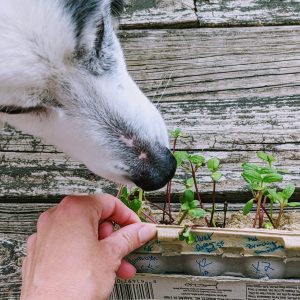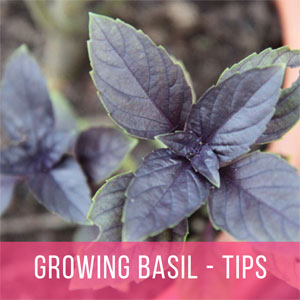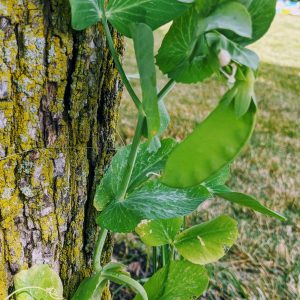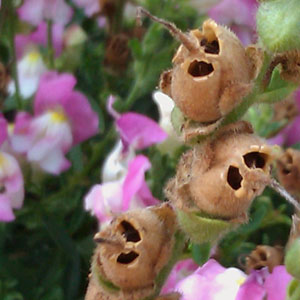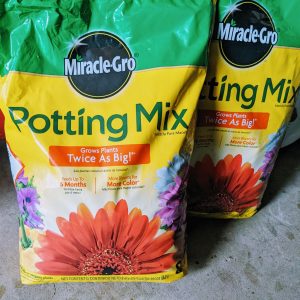Volunteer Plants – Nature’s Surprises in the Garden
The garden’s always full of surprises! Volunteer plants, those that you didn’t plant yourself, are one of the best garden surprises. It’s so exciting to find a new plant growing when and where you least expect it.
Volunteers randomly show up in the garden without warning. They may pop up in your flower bed or in a raised vegetable garden. You might even find them in your seed starting trays!
As an avid gardener, I love finding surprise plants growing in my garden, as long as they aren’t weeds! Plant volunteers keep gardening even more exciting and interesting than it already is.
Let’s dig into all the great stuff about volunteer plants!
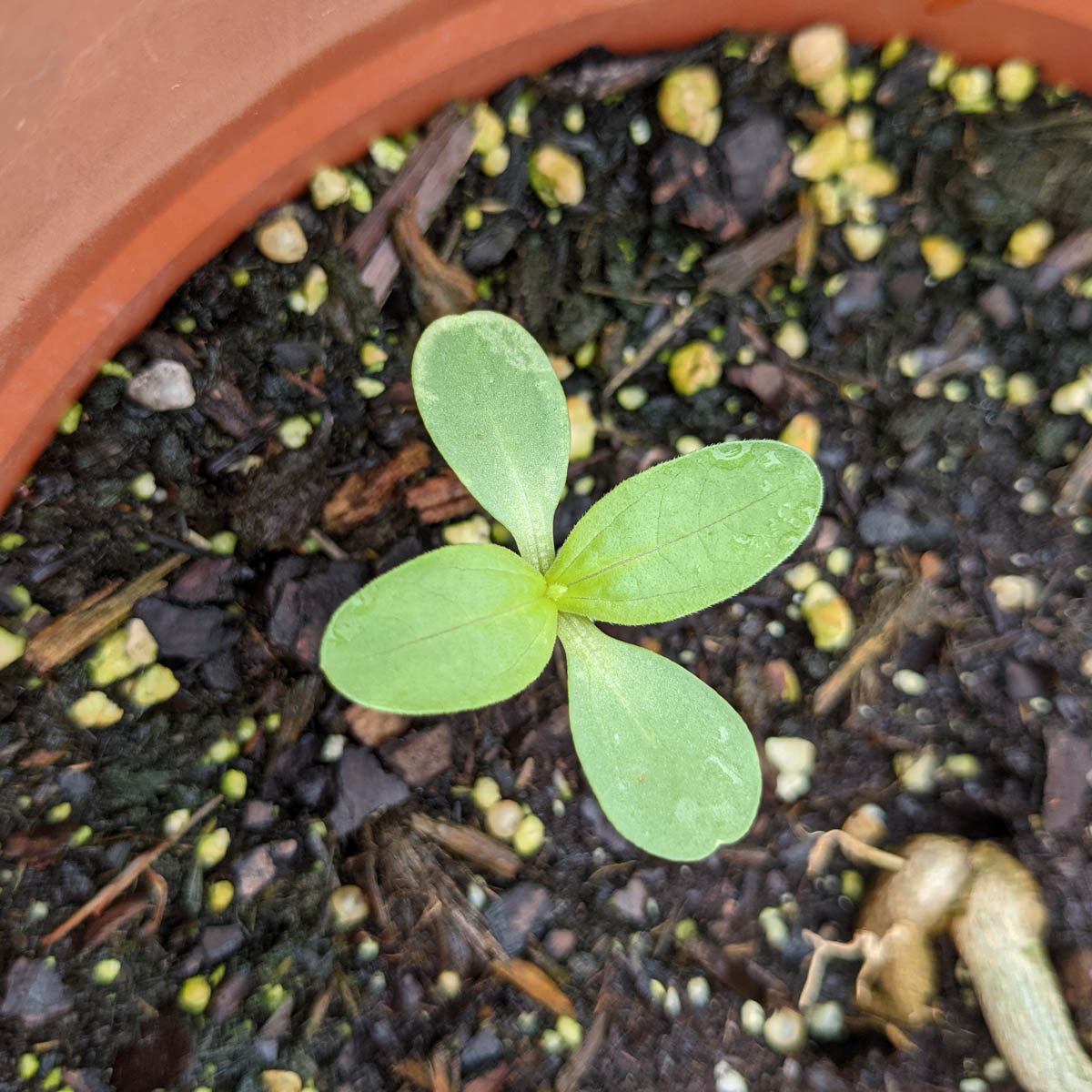
What are volunteer plants?
Volunteer plants are a beautiful surprise from nature! These are plants that you yourself did not plant on purpose. Volunteers grow autonomously as a result of something in nature that caused the right conditions for their existence. You can find volunteer flowers, vegetables, herbs, and fruits in your garden when a rogue seed makes contact with soil and water.
How can you identify plants that may be volunteers in the garden?
Use a plant ID app like PlantNet to identify plants that may have reseeded themselves. Check out my tips on using PlantNet to ID plants.
Where do volunteer plants come from?
Volunteer plants may come from a variety of different sources among nature. Commonly, bird droppings or other animal droppings contain seeds that can germinate. Lightweight seeds may catch a ride on the wind. Plants may drop their own seeds, called “reseeding,” in an effort to propagate. Fruits may fall with seeds still inside.
Also, you may find volunteer plants in compost if you tend to put out a lot of food scraps. These are just a few possibilities!
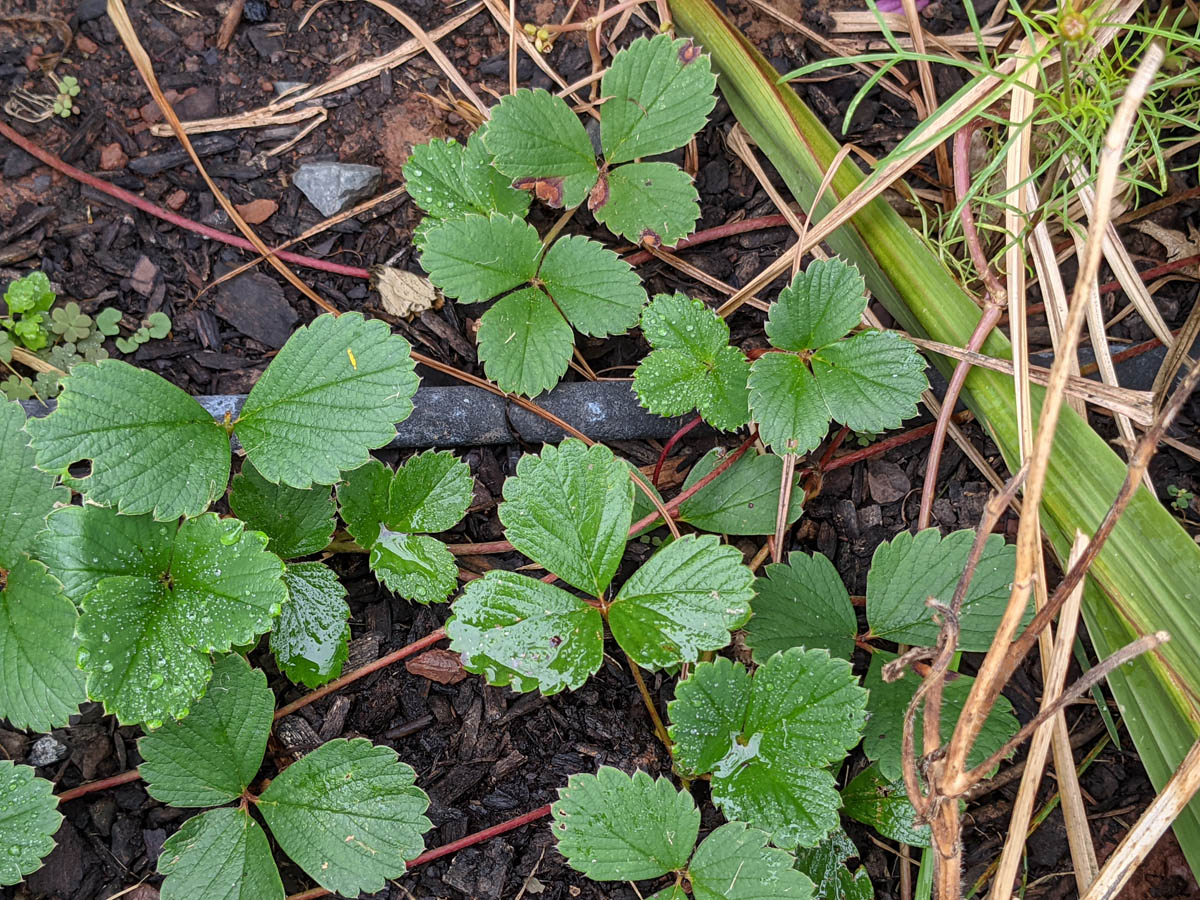
These strawberry plants literally rappelled off our deck and found soil below, planting their runners in my flowerbed!
Are volunteer plants good or bad?
To one gardener, a plant may be beneficial, while to another it may be merely a weed. Technically, volunteer plants can be good or bad – but most people call the bad ones “weeds” and only call the good ones “volunteers.” For the purpose of this article, we believe all volunteer plants are good and we’ll just call the others what they are—weeds. 🙂 To each their own!
How to Identify Volunteer Plants
Sometimes seeds go rogue and show up as volunteer plants in the garden. When this happens, you may or may not know what they are.
Tomato plants are generally very easy to identify. Likewise, you’ll probably recognize flowers, fruits, vegetables, and herbs that you’ve grown before.
Here are a few tips to identify volunteers in the garden:
- Use a plant identification app to help your plant ID. I love using the PlantNet app and share how-to tips in my blog post. Oftentimes, plant ID apps get you your answer the quickest.
- Consider reaching out to your local extension. The extension is especially great, especially for identifying potentially toxic plants. I reached out to the master gardeners there when I found a plant that resembled poison hemlock. (Spoiler alert: It was!)
- Ask for help on a gardening forum. Sites like Dave’s Garden and Garden.org bring together lots of helpful gardeners.
- Share the photo in a local Facebook gardening group. For best results, contact gardeners in your local area who may know what plants and weeds are indigenous to your region. You can also share in larger gardening groups, but the smaller ones may be more targeted.
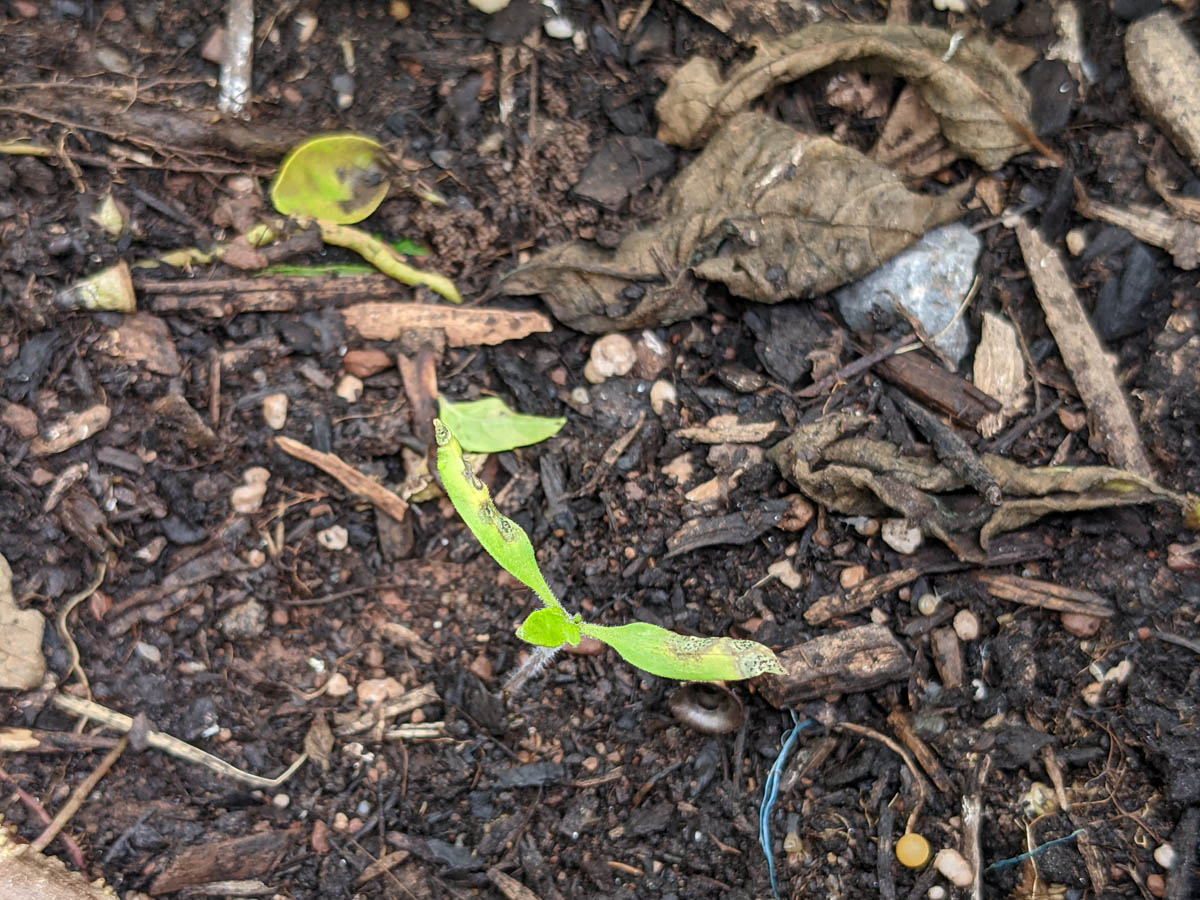
Final Thoughts: Surprise Volunteer Plants in the Garden
Gardening is always such a joy, seeing what grows from such a tiny seed! It’s just as exciting to find volunteer plants that we ourselves did not plant.
This year I have quite a few nasturtium volunteer plants and several volunteer tomatoes that sprouted up by surprise. We also found some kind of pumpkin in our compost, or another vining cucurbit.
The kale plant in our front flower bed was truly out of place, but I left it! Unfortunately, the cabbage white moths got the better of it.
In previous years, I’ve found a cherry tomato plant volunteer. I’m sure I’ve missed some that I just don’t remember!
I’d absolutely love hearing from you to know what kinds of plant volunteers you’ve found in your garden! Please take a few seconds to share what you’ve found, even if you just post the name of the plant.
I think it would be really fun to get an idea of what seeds go rogue the most!
As always, feel free to ask questions, too. Sending you love and happy surprises in the garden!
xo
06.22.22 – Edited to resize photos to full size and added question about how to ID volunteers.

